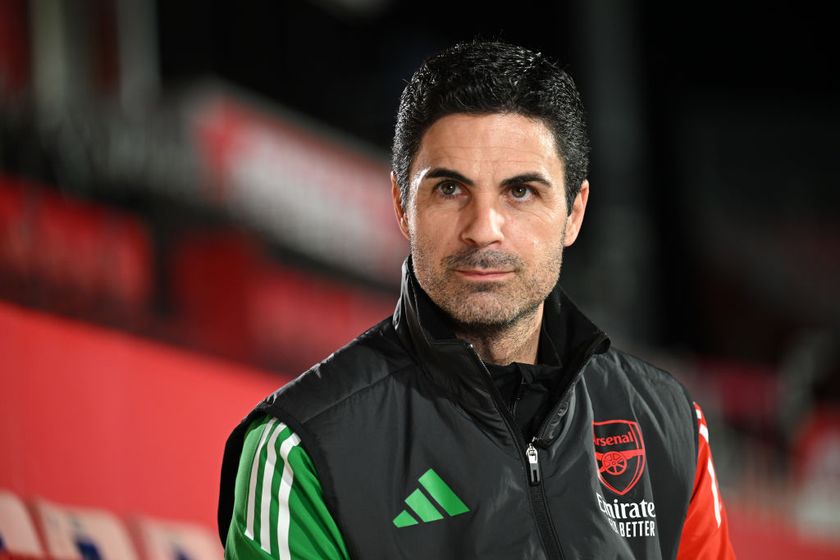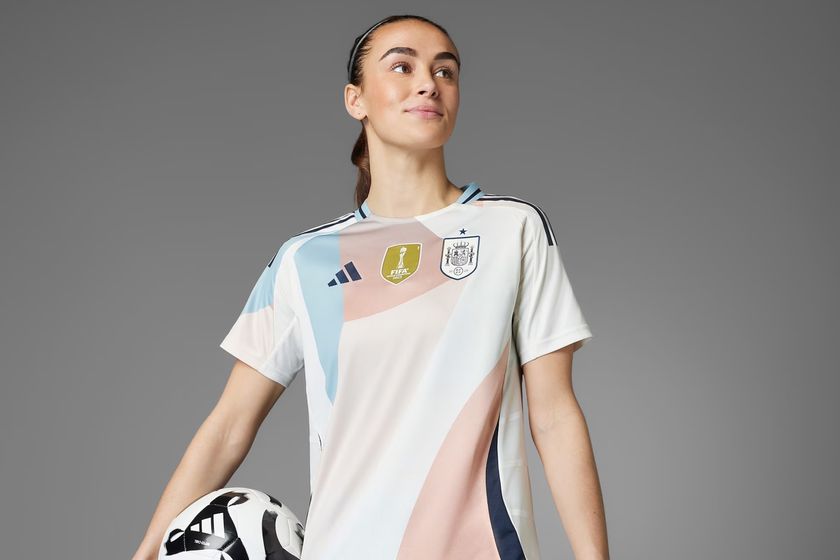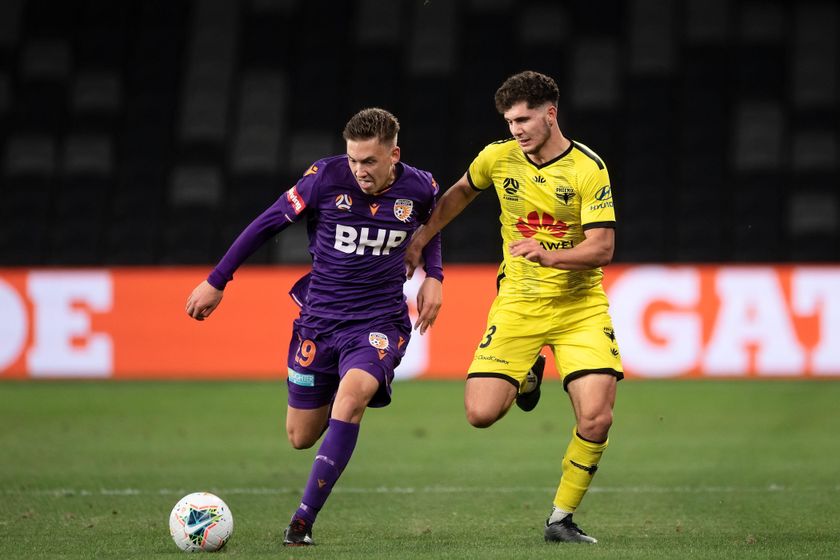How to defend against the long ball
Former Manchester United and England defender Gary Neville tells you how he defended against the long ball
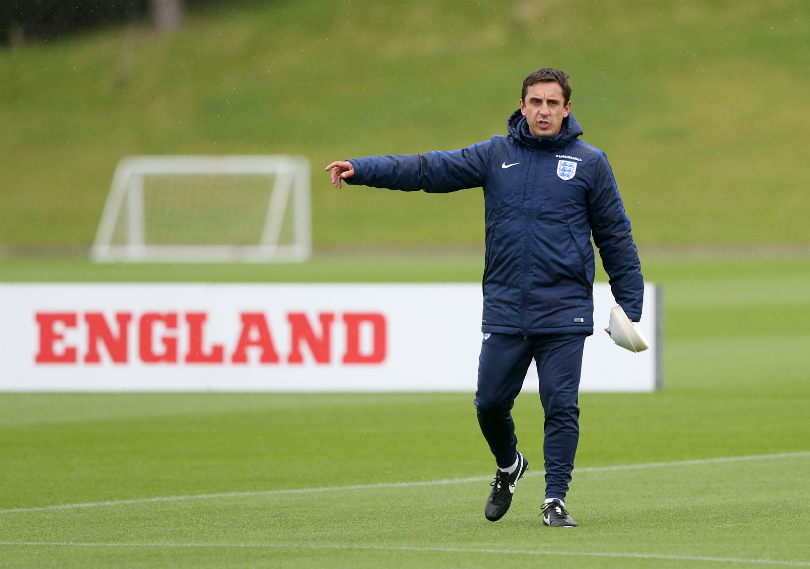
My team always gets caught out by the long ball. How do you defend against a side that lump it forward?
Damien Hughes, via email
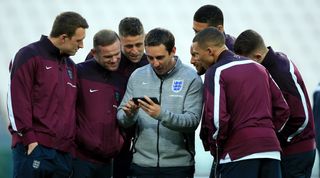
Gary Neville says:
"Early on in my career I experienced playing against Wimbledon who played the long ball.
"In one game I played alongside Roy Keane in the centre of defence and our tactics in the early part of the match were to make sure that we pushed up as far as possible.
"If one of their full-backs had the ball we wanted to make sure he was closed down as quickly as possible because we didn’t want him moving up the pitch, forcing us back, giving them the opportunity to pump the ball further forward.
"We tried to engage as high up the pitch as we possibly could to make sure that when they did play long balls in to their centre-forwards, we were challenging for it.
"We always felt that we were quicker and more mobile than Wimbledon's centre-forwards so even if one of their strikers made a run in behind, trying to play off the flick-on, we had players in covering positions.
"The long ball can be dangerous when the opposition push you back to the edge of your own 18-yard-box and you don’t engage early enough. At United we always tried to make sure we didn’t get into this situation.
"It becomes a lot more dangerous when their left back is playing passes on to the edge of your penalty area and their strikers are winning little flick-ons.
"The first thing we tried to do was make sure that we stopped them from playing into our box and we actually went and attacked them when they had the ball in defence.
"Wimbledon’s goalkeeper Hans Segers liked to roll the ball out of the box and kick it long so we made sure one of our forwards put him under pressure so he had to kick it out of his hands.
"That’s another little thing you do to try to make your life a lot easier, because you’re talking about really physical, combative players, who are difficult to play against in the air.
"When the opposition do get the ball in to the final third of the pitch, your main priority is to stop the cross.
"Teams that play the long ball usually have good crossers of the ball and players who are strong in the air.
"If the opposition have the ball out wide you’ve got to make sure that your full-back and wideman double up against their left back and winger.
"If you’re playing at right back you’ve got to get out to the player in possession and stop the cross.
"If they do get a cross in you’ve got to go man-for-man in the box and make sure that you leave as much space for your goalkeeper as possible. He’s the one that can come out and use his hands and punch everything clear.
"When you’re playing against a more physical team you have to make sure you’re putting them under pressure because they don’t usually have dribblers in their team. Save yourself problems by engaging them as early as possible."
Neville was talking at an event for Vauxhall, the England sponsor. Keep up to date with news and comps at vauxhallfootball.co.uk, @VauxhallEngland andfacebook.com/VauxhallEngland
For more football tips see:
Ibrahimovic: How to play as a target man
Graham Taylor: playing the long ball
How to make the opposition play the long ball game
Winning the ball off the target man
Tony Carr: Playing off the target man
How to play as a target man: A 5 point plan
Playing as a target man: the essentials
Get FourFourTwo Newsletter
The best features, fun and footballing quizzes, straight to your inbox every week.
Most Popular






